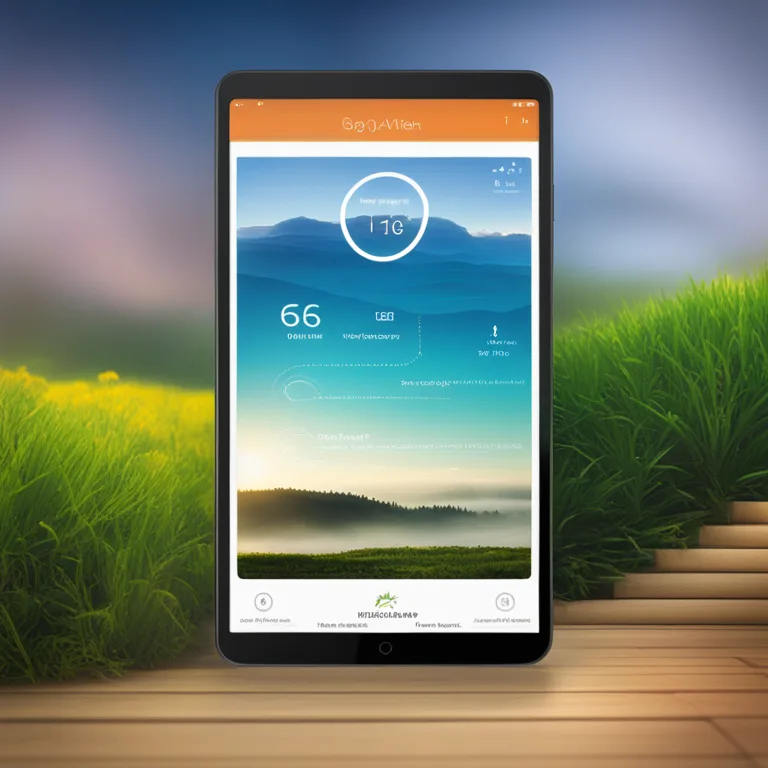
Meditative Sleep Techniques
Discover calming meditation practices that enhance sleep quality and promote restfulness.
article by Hina Kurosawa
In our fast-paced, technology-driven world, the quest for a peaceful night's sleep has become ever more elusive. Quality sleep is the cornerstone of both physical health and mental well-being. Chronic sleep deficiency has been linked to an array of health issues, such as heart disease, kidney disease, high blood pressure, diabetes, and stroke. Furthermore, it can lead to cognitive impairments, affecting concentration, decision-making, and stress management. As we continue to navigate the complexities of modern life, the integration of meditation techniques has emerged as a natural and effective way to improve sleep patterns.
One of the most fundamental meditation techniques to aid sleep is focused breathing, or breathwork. This practice involves slowing down your breathing rhythm, which in turn signals your body to relax and prepare for rest. Start by finding a comfortable position in your bed and concentrate on taking slow, deep breaths. Inhale through your nose for a count of four, hold the breath for a count of seven, and then exhale slowly through your mouth for a count of eight. This technique, known as the 4-7-8 method, has been recognized for reducing anxiety and helping individuals transition smoothly into sleep.

Another effective meditation method for sleep is the body scan technique. Body scanning involves paying attention to different parts of your body in sequence, consciously relaxing each area one by one. As you lie in bed, start at your toes and gradually move upwards, mentally releasing any tension you find along the way. This mindful practice can help alleviate physical tension and mental stress, providing a tranquil state more conducive to falling asleep. Additionally, body scanning has been shown to enhance bodily awareness and can lead to improved sleep quality over time.

Visualization is a powerful tool in the meditative repertoire to enhance sleep. By creating a mental image of a place or scenario that you find soothing, you can divert your mind from daily worries that inhibit sleep. Imagine a scene in vivid detail, involving all your senses. For instance, picture a serene beach at sunset, feel the warmth of the sand, hear the rhythmic waves, and smell the salty air. Engaging in this type of mental imagery can lower your heart rate and blood pressure, relaxing your body and easing your transition into sleep.

Practicing mindfulness meditation as you prepare for bed can greatly assist in quieting the buzzing noise of thoughts that often lead to insomnia. Mindfulness involves observing your thoughts and feelings without judgment and letting them pass without getting attached to them. As you notice each thought, visualize it as a leaf floating down a stream away from you. This non-attachment approach allows stress and anxiety to dissipate, making it easier to fall asleep. Research indicates that mindfulness can not only help in reducing the time it takes to fall asleep but also enhance sleep quality.
In 2024, the rise of digital wellness has brought a wealth of guided meditation apps specifically designed to assist with sleep. These apps offer guided narrations, ambient soundscapes, and tailored meditation programs to help users unwind before bedtime. From guided sleep stories to specifically composed sleep music, these resources can make meditation accessible to beginners and are especially useful for those who find it difficult to meditate independently. Many of these programs are backed by scientific research and user testimonials that praise their effectiveness in improving sleep patterns.
Establishing a bedtime routine that incorporates meditation techniques can significantly improve your ability to fall asleep naturally and rest deeply throughout the night. Consistency is key - practicing these techniques regularly at the same time each evening can reinforce your body's sleep-wake cycle and train your brain to associate them with sleep preparation. Over time, these meditation strategies can help create lasting improvements in sleep quality and thereby enhance overall health and wellness. Remember, as with any new habit, patience and perseverance are vital.
Published: 12/20/2023
Modified: 12/20/2023
More predictions
Come back here soon to learn more about yourself and your future


Meditation Techniques & The Benefits
A concise guide to the transformative effects and different methods of meditation for wellness in modern times.


Calm the Storm: Meditation & Anger
Discover effective meditation techniques to manage and reduce anger, fostering serenity and emotional balance.


Varied Meditation Techniques For Calm
Explore different meditation techniques designed to promote tranquility and balance in your daily life.